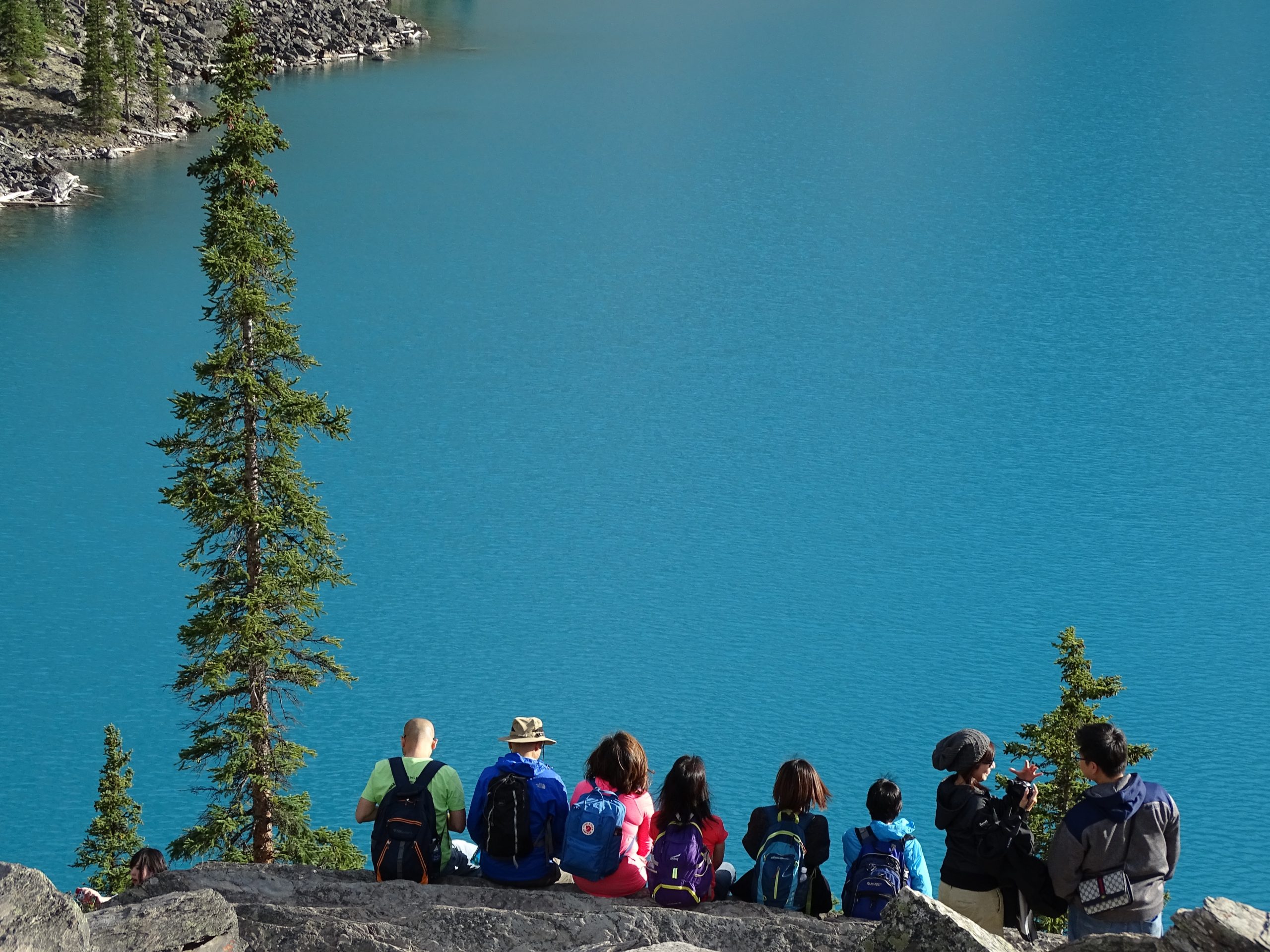Capitalizing influence: entrepreneurs transforming their success into solutions for global challenges
Success in the business world can be measured not only in terms of growth and profitability but also in terms of the positive impact generated for society. Many entrepreneurs have demonstrated that entrepreneurship and philanthropy can go hand in hand, leveraging resources, knowledge, and influence to advance causes that benefit millions of people. A RESPONSIBILITY OF BUSINESS LEADERS In the corporate environment, successful entrepreneurs have strong capabilities for innovation, attracting investment, and mobilizing resources. Consequently, entrepreneurs have a privileged opportunity to address issues and generate significant changes beyond their businesses. Therefore, the true transcendence of an entrepreneur lies in their financial success and the legacy that he or she leaves behind through their impact on society. TRANSFORMING BUSINESS SUCCESS INTO SOCIAL IMPACT Leaders such as Oprah Winfrey, Michael Bloomberg, and Jeff Bezos have taken philanthropy to another level, using their influence and wealth to drive high-impact initiatives. Oprah Winfrey: Beyond her media career, Oprah has built a business empire that she has put at the service of philanthropy. Through the Oprah Winfrey Charitable Foundation, she has supported initiatives in education, humanitarian aid to victims of disasters, and women's and children's empowerment, proving that business success can be a means to transform lives. Michael Bloomberg: The
Investing in Wellness: How Hotels are Integrating Health and Wellness Spaces to Attract New Clients
In recent years, wellness and health have become crucial and non-negotiable factors globally, driving a growing trend in tourism and hospitality. According to a McKinsey study, 79% of respondents view their wellness as a top priority. This article will briefly explore the rise of health and wellness in the sector and how the hotel industry is capitalizing on this trend. Beyond creating new business opportunities and profitability, hotels aim to be a key destination for those seeking relaxation with wellness as a main focus. When we talk about wellness tourism, it’s essential to highlight that this concept involves people traveling to various destinations with purposes beyond just vacation. These travelers seek to care for their mental and emotional health while enjoying their stay. This type of tourism accounts for about 17% of global tourism spending. According to research from RunRepeat, the global wellness tourism sector is expected to reach $1.2 trillion by 2027. This makes it crucial for businesses in this sector to adapt to these trends to ensure their continued success and relevance in the market. A successful case of this integration is Hyatt Hotels, an international chain known for offering unique wellness-focused experiences. One notable example is the Grand Hyatt Playa
Why the beverage industry continues to experience sustained growth and the key industry trends
The beverage industry, particularly the alcoholic beverages market, is maintaining steady growth, fueled by a range of factors influencing consumer preferences and emerging trends. In this context, I am pleased to examine why the beverage industry continues to thrive, taking into consideration some of the trends shaping the sector. The market for alcoholic beverages is astonishing in its magnitude. According to Statista data, revenues in the alcoholic beverages market reached an impressive figure of $1,609.00 billion in 2023, and it is projected to experience annual growth of 5.42% until 2027. An interesting highlight from the report is that the largest market segment is that of beer, representing a market volume of $610.00 billion in 2023. Consumer preferences play a pivotal role in this growth. According to data presented in the report, the demand for unique and premium alcoholic beverages is consistently rising globally, with consumers willing to invest more in high-quality products that offer distinctive flavors and experiences. This has led to an increase in the demand for craft beers and artisanal spirits, as well as limited-production wines, demonstrating that consumer palates' sophistication has also boosted the popularity of premium alcoholic beverages. According to the Distilled Spirits Council of the United States, in
Sub-Tourism: An Alternative to Addressing the Challenges of Mass Tourism
Tourism is one of the world's largest industries, and its growth has been steady in recent years. According to data from the World Tourism Organization (UNWTO), in 2019, an estimated 1.465 billion international trips were made, marking a milestone in the industry's history. However, the COVID-19 pandemic in 2020 represented an unprecedented setback for the sector. With grounded airplanes, closed hotels, and travel restrictions worldwide, the number of trips plummeted dramatically to 406.98 million. Despite the challenges faced by the industry, UNWTO reported that by 2022, approximately 962.80 million trips were recorded worldwide, demonstrating astonishing growth of 136.95% compared to 2020. These figures underscore the sector's resilience and adaptability, prompting questions about how we can maintain a balance between this rapid growth and sustainability. One of the most pressing challenges of mass tourism is its impact on the environment and local communities. The overexploitation of tourist destinations can deplete natural resources and disrupt the daily lives of host populations. In response, UNWTO has acknowledged these issues and promotes sustainable tourism as a solution. This involves adopting environmentally friendly practices and fostering healthy cultural interaction. In this context, the concept of "sub-tourism" emerges as an alternative. It involves seeking more authentic and less crowded




